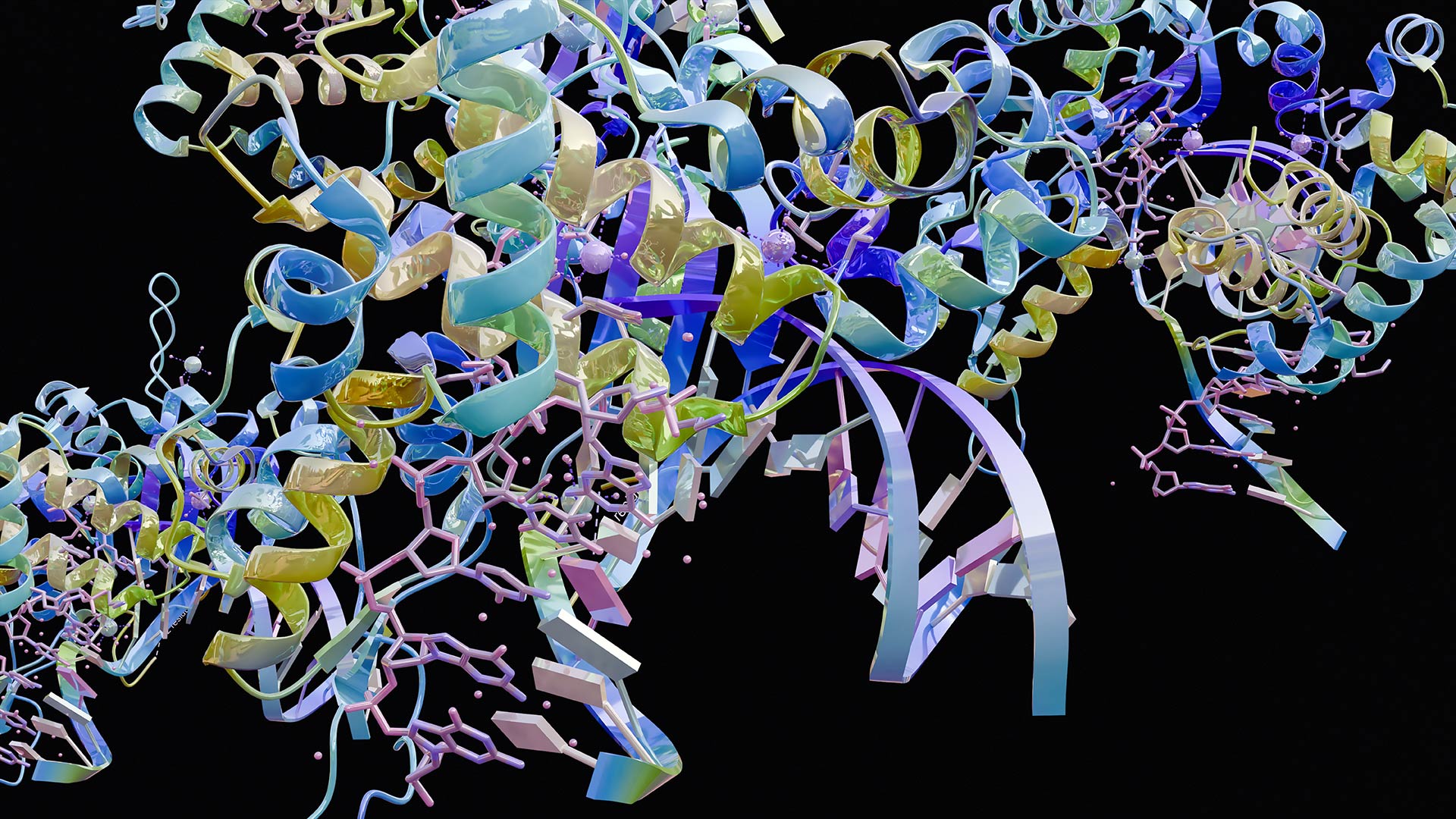Why do cancer cells keep dividing over and over? The answer can be found in fundamental biology breakthroughs of the late 20th century.
In 1982, Cold Spring Harbor Laboratory (CSHL) geneticist Michael Wigler helped identify the first known human oncogenes. When mutated, these genes produce an excess of proteins that cause uncontrolled cell growth. Soon afterward, scientists identified the first anti-oncogenes, also known as tumor-suppressing genes. By keeping oncogenes in check, anti-oncogenes help prevent uncontrolled cell growth, providing the body’s built-in protection against cancer. But when they’re mutated or damaged, this defense breaks down, allowing tumors to grow.
The two discoveries were each invaluable in their own right. Together, they helped shed light on viruses’ role in cancer formation and revealed a path to the development of new drugs for diseases long thought incurable.
In 1988, a molecular biologist at CSHL named Ed Harlow published a paper in Nature showing for the first time an oncogene, E1A, interacting with an anti-oncogene, pRB. With colleagues at MIT and Harvard, Harlow demonstrated how the interaction overrode the signals that keep cell growth in check.
The E1A protein is one of the first viral proteins expressed after an adenovirus infects a host cell. It drives the cell into division, enabling the virus to replicate. Before 1988, E1A was known to form stable complexes with some cellular proteins, but their identity was unknown. Their identification marked a breakthrough because pRB is the product of the anti-oncogene RB. When mutated, RB allows the eye cancer retinoblastoma to form. Hence, Harlow and his colleagues had identified a direct physical interaction between the products of a viral oncogene and a tumor-suppressing gene.
In this clip from 2005, Ed Harlow speaks about the pioneering cancer biology research he conducted at Cold Spring Harbor Laboratory in the 1980s. Video: CSHL Library & Archives
The team had been chasing these mysterious proteins’ function for years. “Nobody really knew how important they were,” Harlow said in a 2005 interview. But “it was built into my blood to think those interactions were going to be interesting.”
“A growing body of literature supports the existence of genes whose actions suppress cell proliferation,” Harlow and colleagues wrote in Nature. “Overcoming the actions of these genes appears to be a prerequisite for achieving the tumourigenic phenotype in many cancers.”
In recent years, a new class of targeted cancer therapies has emerged from the wake of this research. In 2015, the FDA approved palbociclib (marketed as Ibrance) for use against certain types of breast cancer. The drug targets CDK4, a protein identified by Charles Sherr, and CDK6, which Harlow identified. Palbociclib works by preventing the phosphorylation of pRB, essentially restoring its active tumor-suppressing function.
To date, the drug has saved numerous lives. None of that would have been possible without Harlow’s discovery of oncogene/anti-oncogene interactions. But the story doesn’t end there.
In showing how pRB interacts with viral oncogenes, Harlow connected the actions of tumor viruses with the mammal cell cycle—a crucial piece in the puzzle of cancer biology that is pointing the way toward a new generation of treatments. More than 20% of all human cancers are, in fact, caused by viruses. Now imagine your children could one day be vaccinated against them, as they are today against polio or measles.
Written by: Jen A. Miller | publicaffairs@cshl.edu | 516-367-8455
